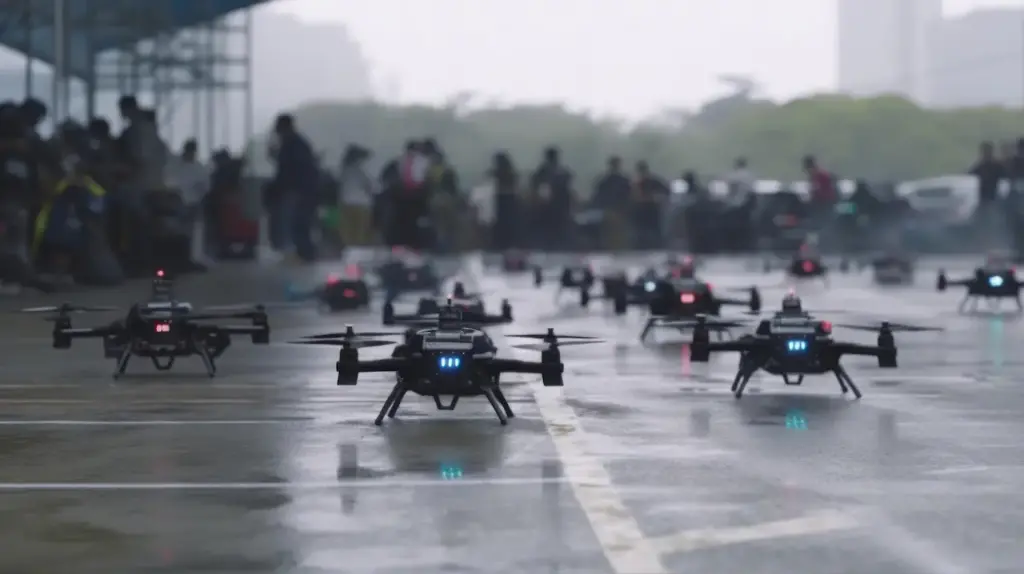This article was originally written by Sally French for MarketWatch. As first published in MarketWatch:
Looking for a gig that pays six figures? Consider being a freelance drone pilot.

It worked for Andrew Dean, who had been working as a waiter after leaving his job with the U.S. Air Force. Four years ago, he invested in drone equipment, as well as a thermography certification course to boost his skill set. This year, the Colorado-based drone pilot is on track to break $200,000.
His story is not unusual.
“You can earn a couple hundred bucks for a package of real estate photos,” said Denver-based drone pilot Vic Moss, who is also a co-owner of the online community Drone U. “Flying drones part-time can earn you $500 or $600 a week, and by flying full-time, you can make six-figures annually. Flying for big-name companies can net you $3,500 a day.”
A day in the life of a drone pilot
For a drone pilot, no day is ever the same. Most drone pilots work as freelance contractors, flying drones for major companies and small businesses. They’re using drones for everything from gathering thermal images of the ground to producing 3-D models of buildings.
Tampa, Fla.-based drone pilot PJ Cook’s work includes using a drone to document apartment construction near the University of South Florida, as well as using a drone to scan the sites of Costco’s new warehouses.
Willingness to travel is an important job requirement. Moss just returned from New Mexico after finishing a job for a fire investigator who wanted aerial images to find ignition points. He’s traveled as far as Guatemala.
For many drone pilots, flying drones augments their existing work. Moss has been a Denver-based professional photographer since 1988, but has recently added drone photography to his portfolio, which he says now makes up about 20% of his total work.
How much money do you make as a drone pilot?
Dean is on track to make $200,000 this year through his drone business. But it wasn’t always that easy.
“My first year, I ran at a loss,” Dean said. That first year also came with his biggest investment, including buying gear, a laptop, thermal cameras and a thermography certification.







